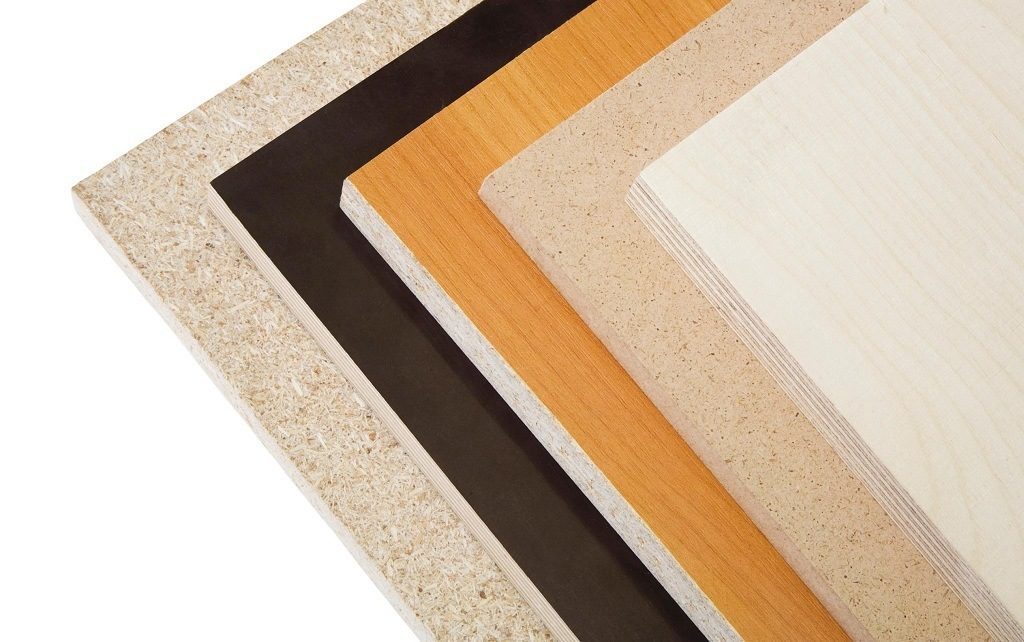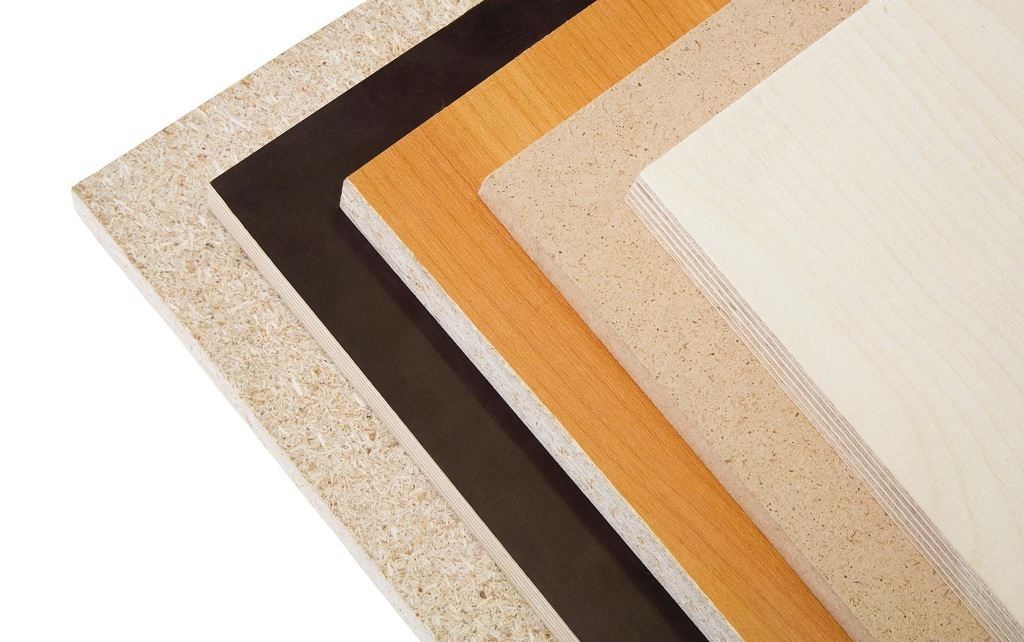The term plywood is actually a very generalized term, even though what most of us consider to be plywood is an engineered wood product made of laminated wood veneers, where adjacent layers are laid perpendicular to each other. Nevertheless, while that is plywood, so is OSB, MDF and a number of other engineered sheet products which don’t fit the image of traditional plywood.
Plywood comes in many different types and can be categorized in many different ways. Amongst these ways, we encounter the terms “structural” and “non-structural.” While those may not seem to make much difference, they in fact do. While structural plywood can be used for non-structural applications, it’s not a good idea to use non-structural plywood where structural plywood is needed.
For the sake of dealing with structural versus non-structural plywood, we’re talking about traditional plywood products, not chipboard, particleboard or hardboard. All types of plywood are either structural or non-structural, depending on their intended use.
So what’s the Difference?
When we talk about the difference between structural and non-structural plywood, we’re not talking about different types of wood, although there can be differences in the wood used in some cases. Rather than that, what we’re talking about is differences in the types of adhesives used to hold the layers of wood together. This is a critical difference, because some types of adhesives are more weather resistant than others.
When we’re talking about structural plywood, we’re basically talking about boards that are exterior grade, with adhesives which can withstand some exposure to moisture and changes in temperature. These use an A-Bond or B-Bond adhesives. Adhesives categorized as A-Bond are made from phenol formaldehyde resin and adhesives categorized as B-Bond use melamine-urea-formaldehyde. Of the two, A-Bond is more moisture resistant than B-Bond.
On the other hand, non-structural plywood panels are made from C-Bond and D-Bond adhesives; urea formaldehyde resins. They are not suitable for exterior use, because these adhesives will deteriorate when exposed to moisture and changes in temperature.
On a more obvious basis, there are certain categories of plywood which are clearly structural plywood. These include exterior grade plywood, RTD plywood, BWP plywood and pressure-treated plywood. All of these have been developed with the intent of giving the plywood at least some degree of moisture and temperature resistance. On the other hand, decorative plywood products, designed for applications where the appearance is important, such as hardwood plywood, are clearly not structural plywood.
Applications which Require Structural Plywood
Most of the plywood used in home construction is structural plywood. To put it simply, anything you can find where the building code is specifying plywood materials and material thicknesses, requires structural plywood, especially if these materials can end up being exposed to rainfall before the home is dried-in. This includes flooring, wall sheathing and roof sheathing.
You will also find structural plywood used in places which may not be specified in the building code, but are still parts of a home’s structure, such as bracing for roofs and floors. If you make your own trusses, using plywood gussets to hold the 2”x 4”s together, then structural plywood will be the thing to use.
But those aren’t the only places you might want to use structural plywood. It is equally useful for packing crates, storage boxes, storage sheds, outdoor furniture and outdoor children’s play equipment, such as a playhouse.
Applications where Non-Structural Plywood is Appropriate
There is usually a difference between C-Bond and D-Bond non-structural plywood types. For the most part, C-Bond plywood will provide a finer finish, with fewer knotholes and other blemishes. Of the two, C-Bond plywood products have a higher moisture resistance than D-Bond, even though they aren’t considered to be moisture resistant products.
Any finishing work where plywood is visible will probably require non-structural plywood, as structural plywood is not manufactured with aesthetics in mind. Regardless of whether we are talking about hardwood plywood or AB grade softwood plywood, the focus is on the finished face surface, not the product’s temperature or moisture resistance.
Marine Plywood vs. Other Structural Plywood
People misunderstand the difference between marine plywood and other structural plywood products all the time. While marine plywood qualifies as structural plywood, not all structural plywood qualifies as marine plywood. To be considered marine plywood, it must meet a very specific set of criteria.
There are three basic requirements for marine plywood, which make it stand out from other structural plywood. The first is that no voids are allowed in the inner veneer layers. Voids can cause delaminating, especially when they become filled with moisture. The second is that marine grade plywood must be manufactured using a waterproof glue. Finally, marine grade plywood requires a higher grade of face veneer, than what is typically encountered on exterior-grade structural plywood.
Most marine grade plywood will be manufactured to meet the WBP (water boil proof) standard, although that is not a requirement. Even marine plywood which is not WBP rated will probably meet that requirement; it just means that the manufacturer hasn’t spent the money to have their product tested.
While marine plywood was originally developed for use in boatbuilding, it has found a home in many other areas. The high resistance to moisture that this plywood offers makes it the ideal choice for a wide range of applications, from the floors in transit buses to patio furniture.

Formply vs. Marine Plywood
Another specific structural plywood product is formply. This plywood product takes the idea of a moisture-proof plywood to another level, as it is used where it will always be in contact with moisture.
Formply is a specialized plywood product, crated for use in making concrete forms. In order to be used in this application, not only does the plywood need to be highly moisture resistant, but it also needs a waterproof outer covering that will allow it to be separated easily from the curing concrete. Before the existence of formply, this was accomplished by using highly moisture-resistant plywood, such as marine grade plywood and coating it with oil, usually used motor oil.
Today’s formply is an exterior-grade softwood plywood manufactured with a high number of layers, held together with an A or B bond adhesive. The face and reverse veneers are covered with phenolic resin impregnated paper, giving it a smooth finish which concrete will not stick to. It does not meet the three requirements of marine grade plywood, but in some ways can be considered to exceed them.
The attractive appearance of formply has made it useful for applications beyond making concrete forms. This includes the construction of kitchen cabinets and furniture. Manufacturers have capitalized on this by making formply in a variety of colors.




